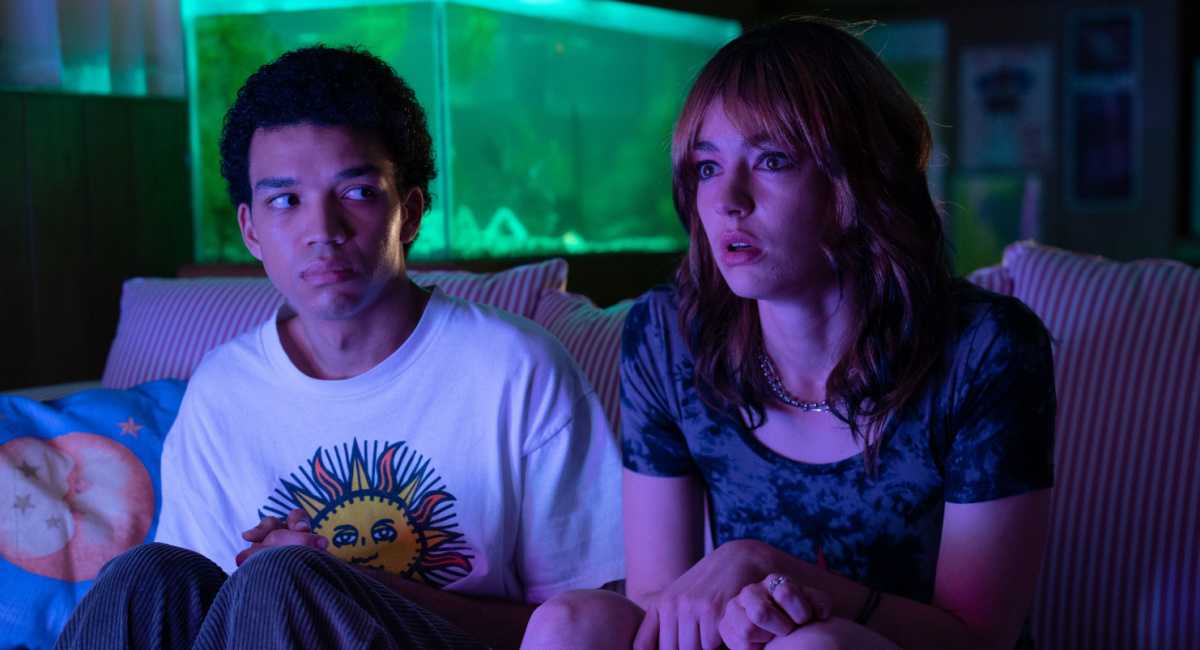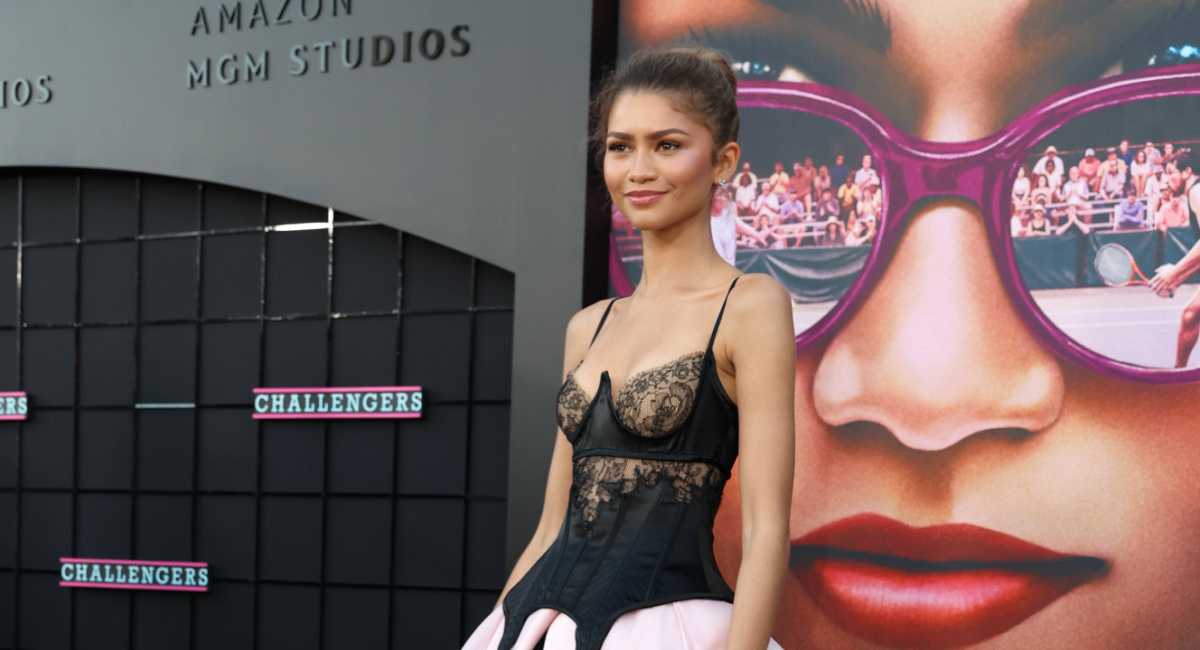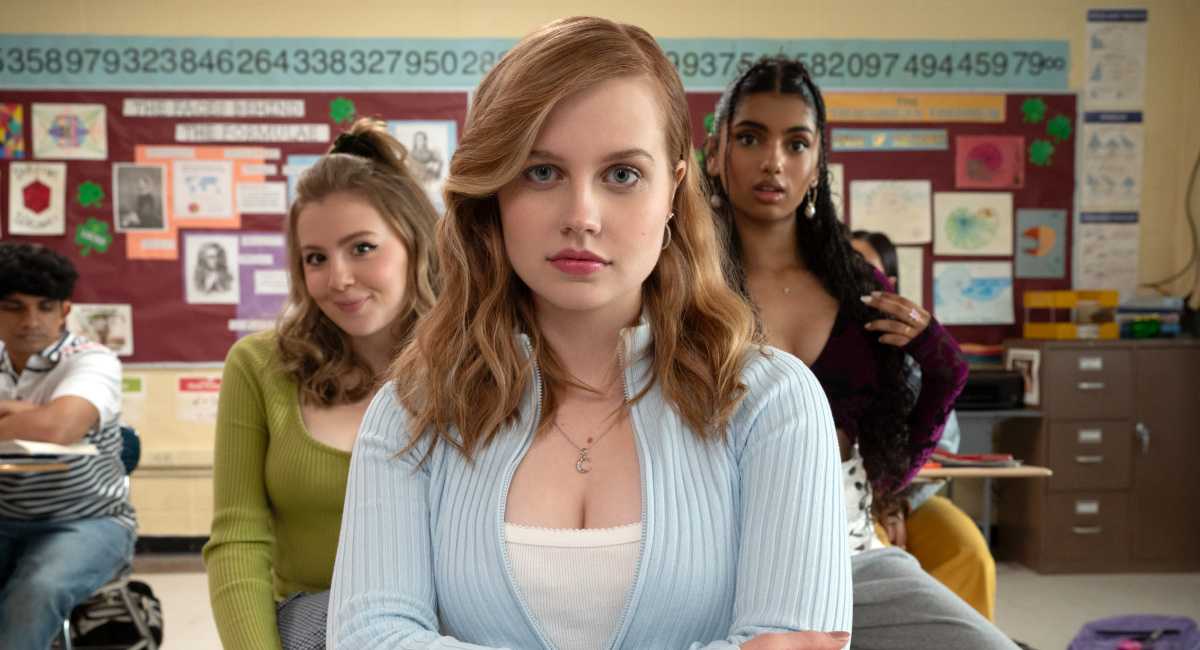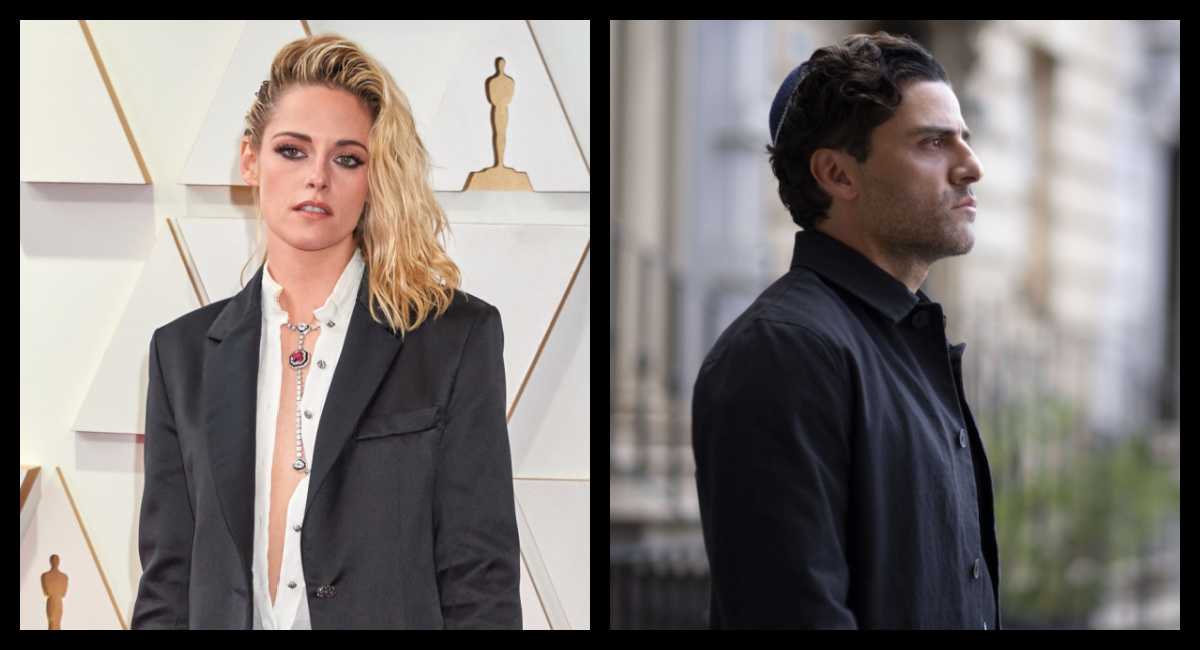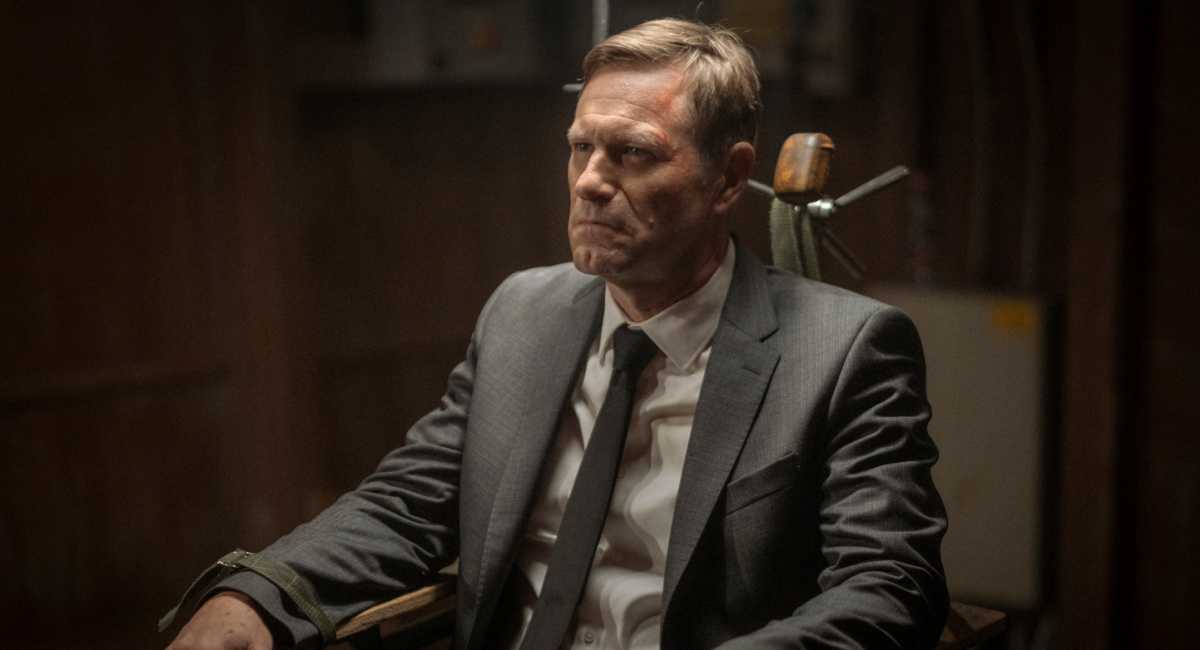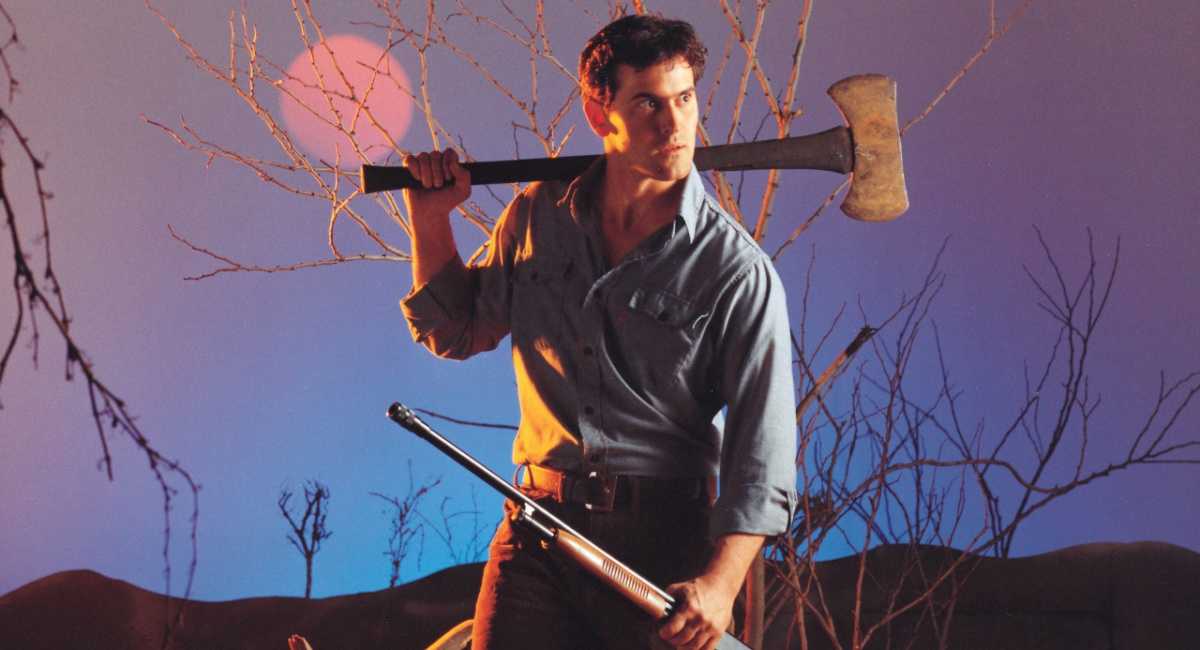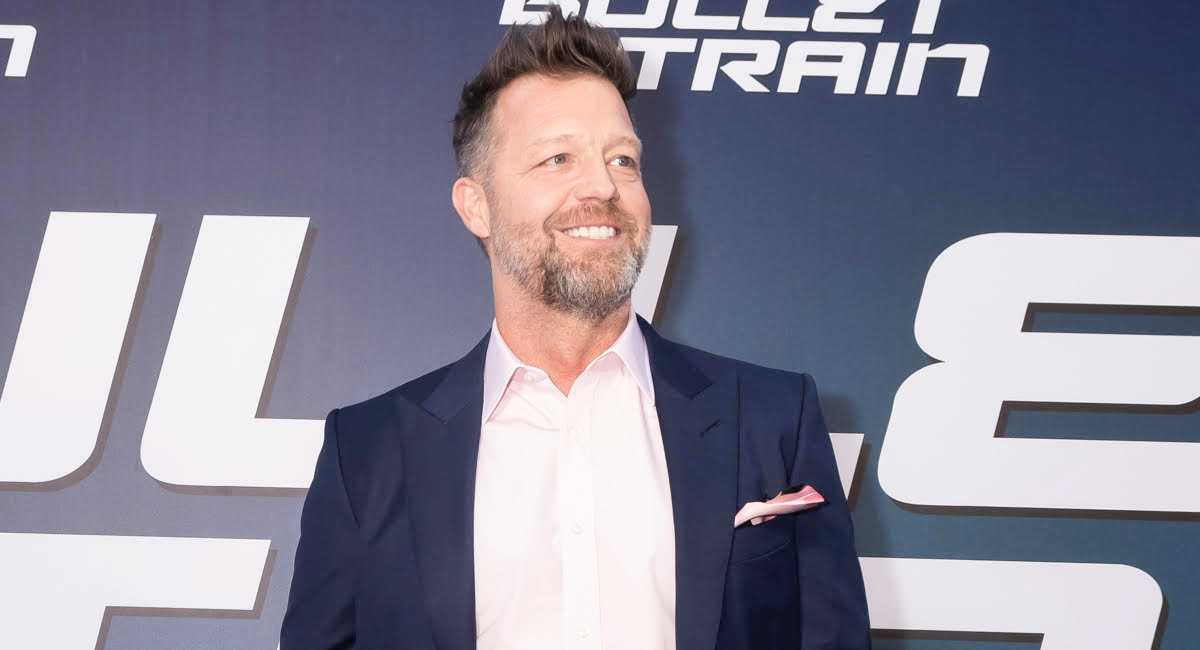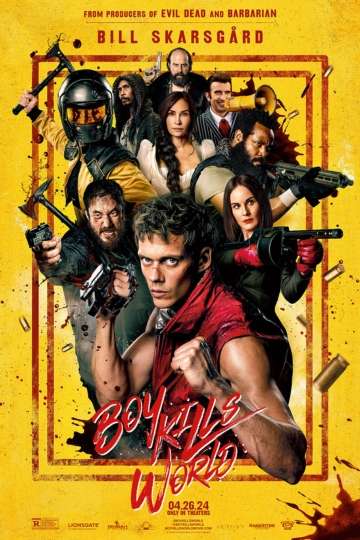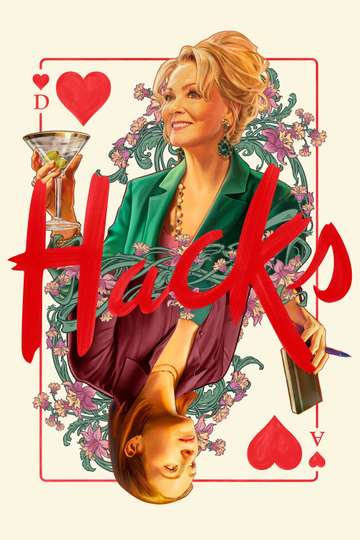'Inside Out' Producer Jonas Rivera Reveals Versions of the Movie You'll Never See
From intern to Oscar nominee, Jonas Rivera has certainly made a mark on Hollywood.
Rivera was hired as Pixar's first intern, in the final year of production on "Toy Story," and he's worked on every Pixar movie since. He even earned an Academy Award nomination for his work as a producer on "Up," directed by his good friend and close collaborator.
Rivera and Docter's latest collaboration is "Inside Out," a film that's as deeply brilliant and highly emotional as "Up" (seriously, bring some tissues: the last thirty minutes will give you all the feels.) It's the story of Riley, a precocious 11-year-old girl, who is going through some big life changes, and the emotions that live in her head: Joy (Amy Poehler), Disgust (Mindy Kaling), Anger (Lewis Black), Fear (Bill Hader) and Sadness (Phyllis Smith). It's challenging at first to wrap your (no pun intended) head around it, but the film gives off the vibe of being a new classic by the time the final credits roll.
We recently sat down with Rivera to discuss "Inside Out's" long development process, the origins of Bing Bong (Riley's imaginary friend played by Richard Kind), and several iterations of the movie that audiences will (sadly) never see.
Moviefone: You've been working on this movie a long time.
Jonas Rivera: Yeah, 5 years...
We heard that the story went through some crazy changes in development.
Yeah, I mean, all of these movies go through changes. In some ways "Up" took even stranger turns than this. This was at least always grounded in the concept of being a story about a little girl and her emotions. She's more "the setting" than the main character. There were even versions where Joy would come outside of the headquarters and sit on Riley's shoulder like a conscience. I guess the biggest change was the external story of Riley. We always had this idea, because of Joy, [she'd] be steered into a social storm. In other words, Joy was going to hang on to youth for too long and it was going to cause some sort of emotional damage. I think at one time it was [going to be] a performance, like a school play. I'm trying to remember... And Riley was so excited about it, but all the other girls lost their excitement about it. But with Joy steering and being so exuberant, she ends up embarrassing herself. So there was always some trigger like that. It was a school play, it was birthday party invitations, sometimes the stakes were so low as who was going to sit next to her at lunch.
It wasn't until two or three screenings in that we came up with moving. It was high enough stakes and not something that she would be hurt from, because it had to be emotional stakes.
What was the strangest turn that the story took during those early days?
I think that was probably it from the outside. On the inside, it was the struggle with Joy as a character – that was really mysterious and elusive. Her name is Joy, so she's got to be happy. But two things started to happen – one was that we had this character named Riley, who if she's being steered by Joy and we steer her into some kind of social storm, either you're not going to like Joy or she's going to be too sweet and saccharine and you won't like her. So those two things were tremendously hard to harmonize and it took a lot of changes and moves and screenings to try and find the right tone. It was a combination of external stakes, the big move, and Joy's optimism and how she was going to handle it, and Amy Poehler being cast a year before the movie was finished -- which helped us thread that needle of likability to antagonism.
In the footage we saw, there's a lot of jargon in this movie and worlds to set up; you've got to explain everything. Was that also a fine line to walk?
It was a tall order. When you start developing this movie, there's no point of reference. Everything was based on what Pete wanted it to feel like, which is very tricky when you've got a crew that has to turn that into models and objects and sets and characters. So the world became this exercise in – what does this story need? So then we would design Headquarters. We knew we needed someplace where they worked. But what does the world look like? How big is it? What are they trying to get back to? What is the geography of it?
As the story kept developing, Pete's big discovery was what's at stake. That's what we always ask ourselves with these movies: What's at stake? This was a little harder to find. Was Riley at stake? Is she going to die? That doesn't really work. But what we came upon was her personality, who she is. That started to inform the world and what it needs represent. That's where the [personality] islands came from – they were things that you could see that are physical as well as visual. So what was happening to Riley on the outside of the storytelling was predicating the world and what we needed and how it could geographically function.
One of the big surprises in this movie is Bing Bong, Riley's imaginary friend. Was he always a part of the story? He's amazing and makes things so much weirder.
No, he wasn't always there. He came about in one of the drafts, which I still think was a pretty funny idea, but there was this hobo camp or refugee camp where fragments of her mind and imagination were almost in a jail. It was almost like Riley's drawings as a kid – there was Mrs. Scribbles and a sun with a face that would float around and that's where they lived. Bing Bong was an imaginary friend and he lived in there. So there's a scene that didn't really work.
But the idea that an imaginary friend, who has been out of work for a while since she's 11, did a couple of things: One, it was fun and two, he would know his way. He would be the literal map.
Is that why he has the hobo gloves?
Yeah that's sort of the last surviving element of that. He also had a cane.
"Inside Out" is in theaters now.



